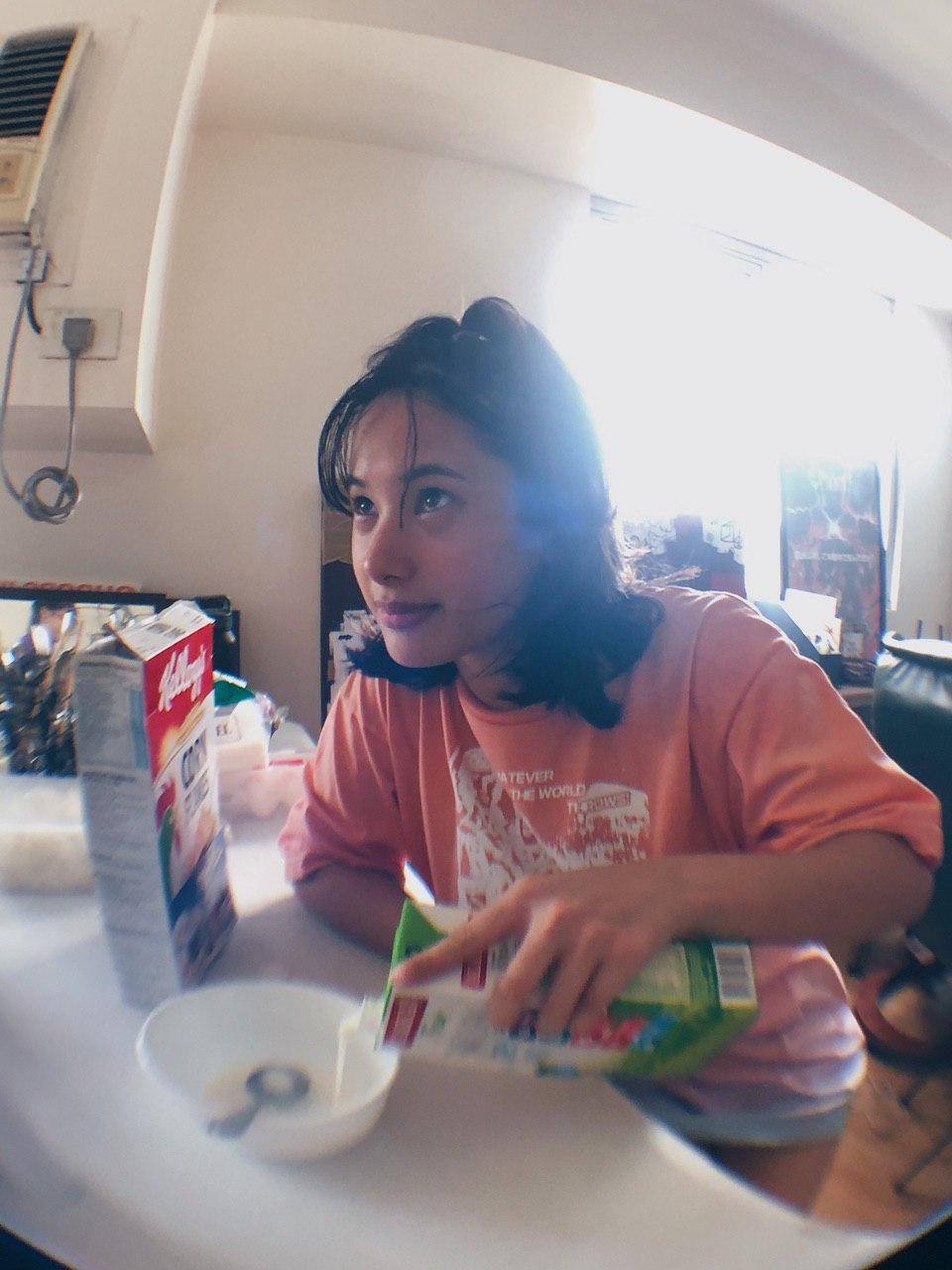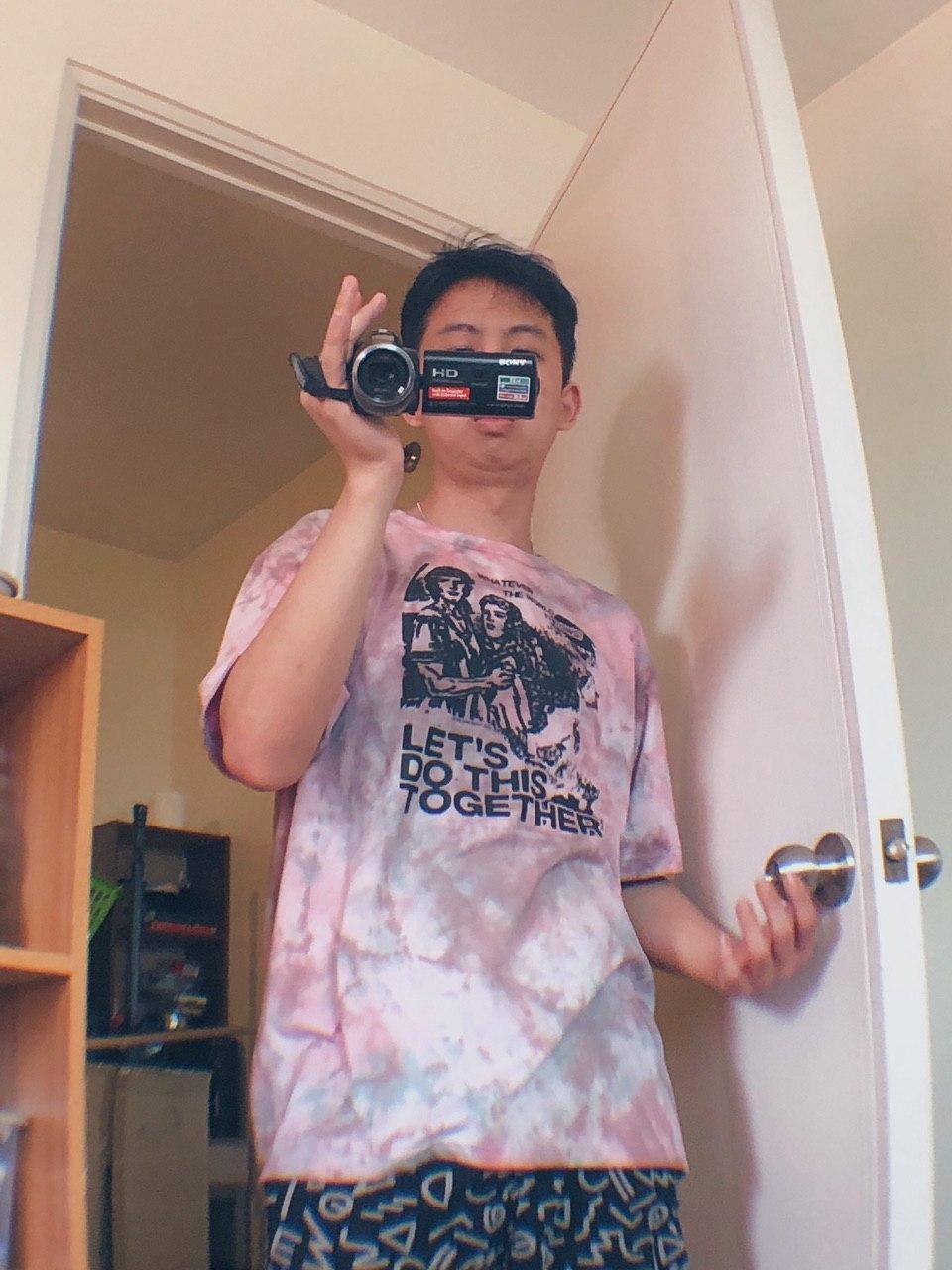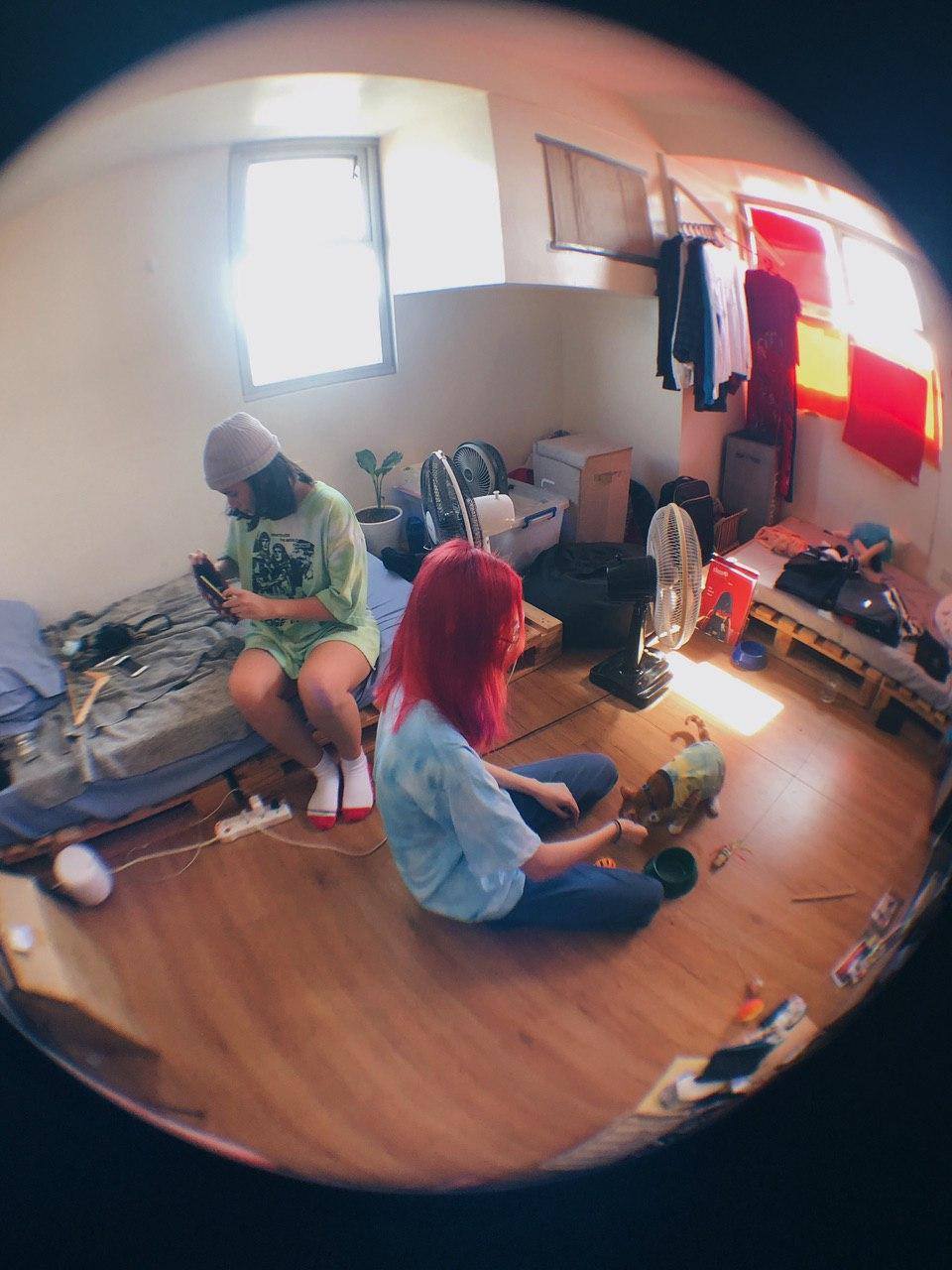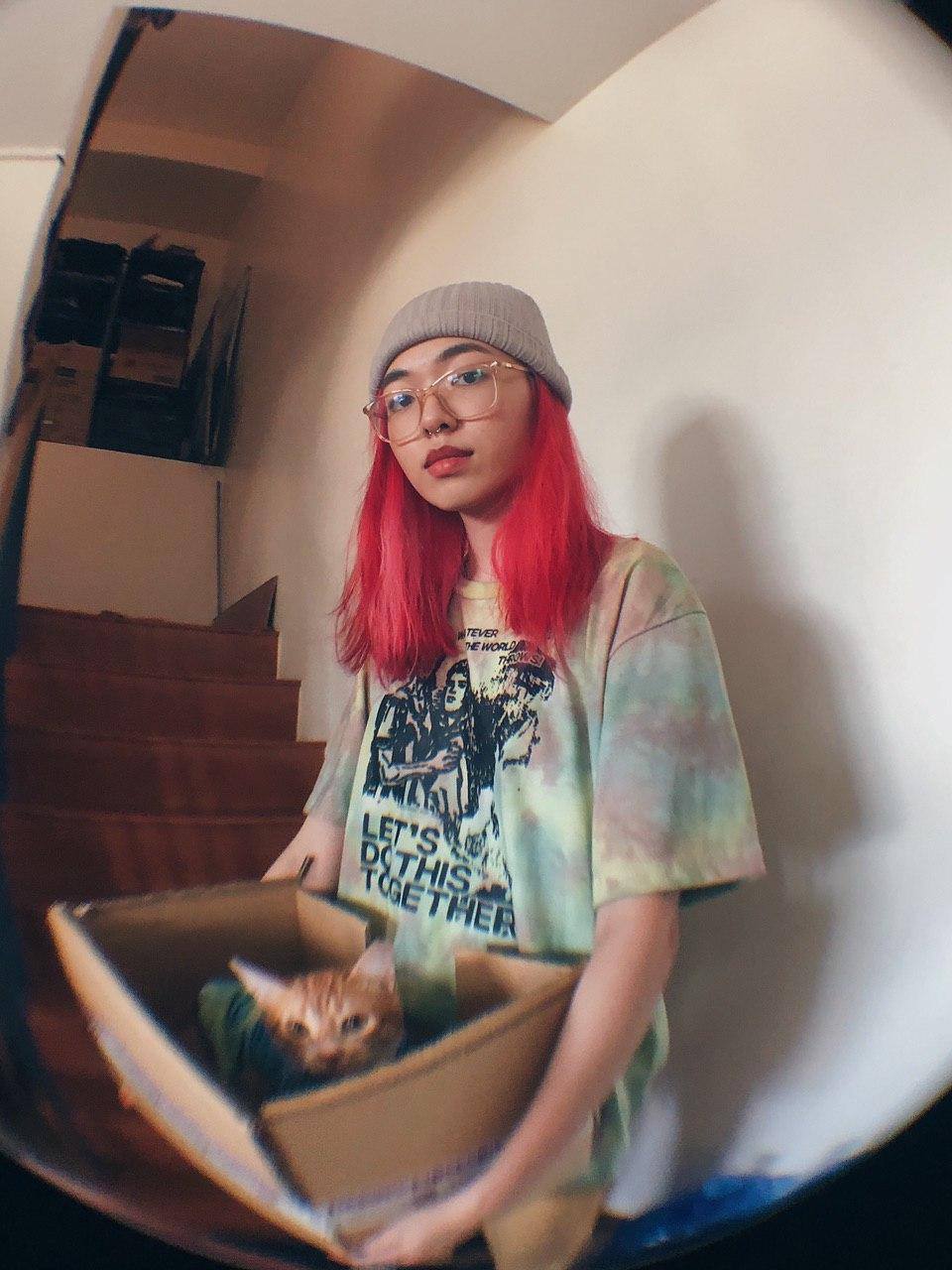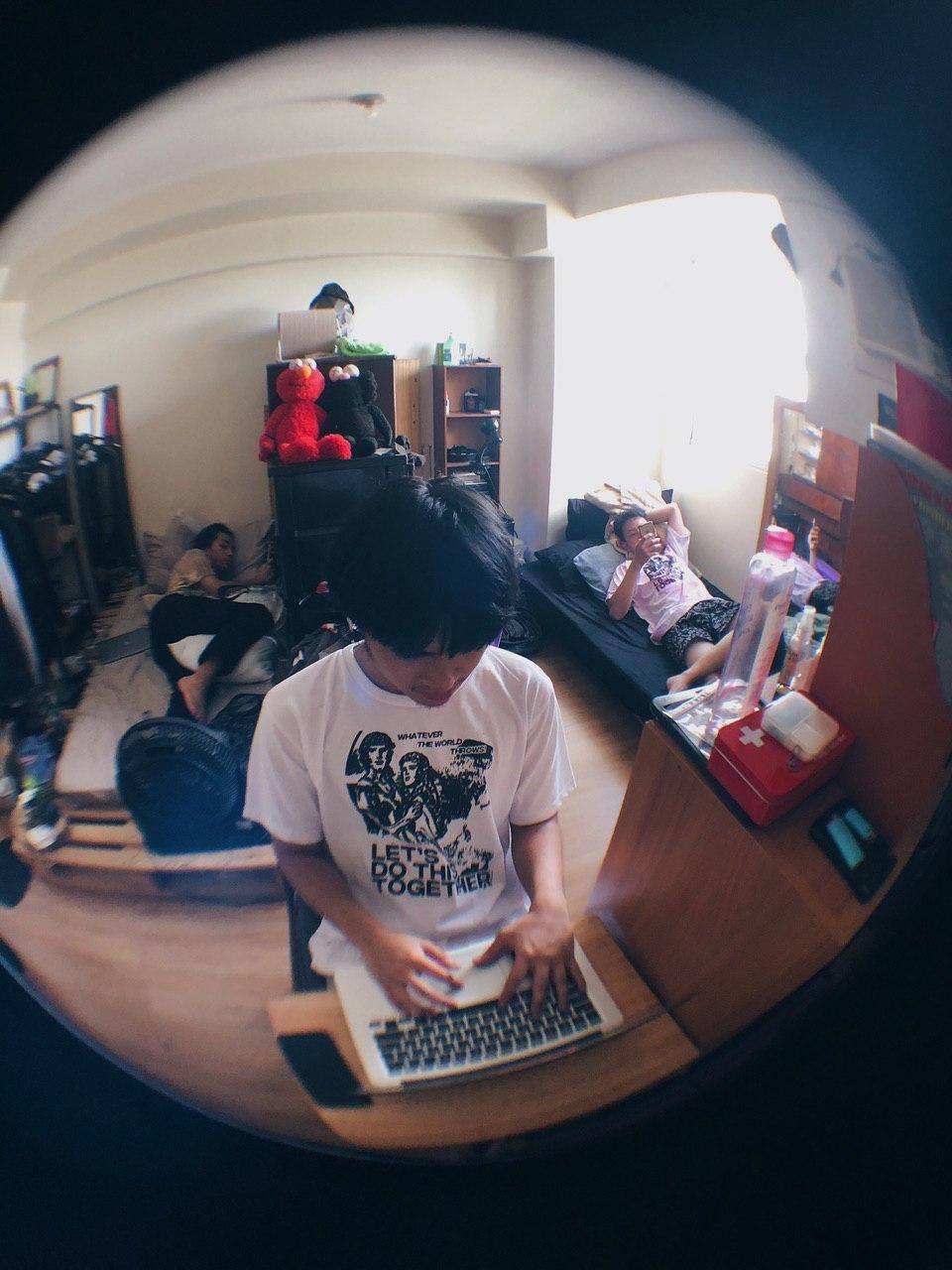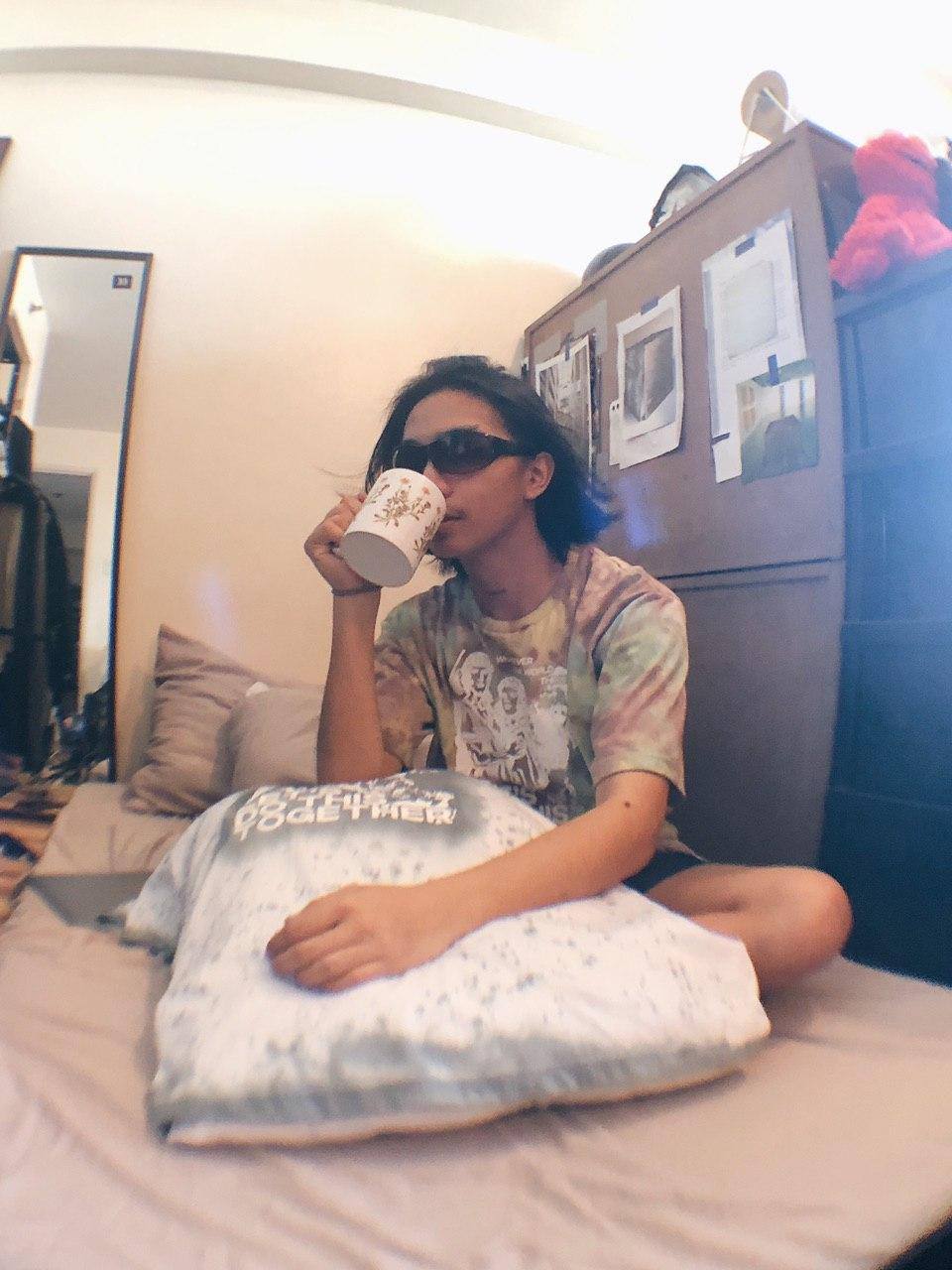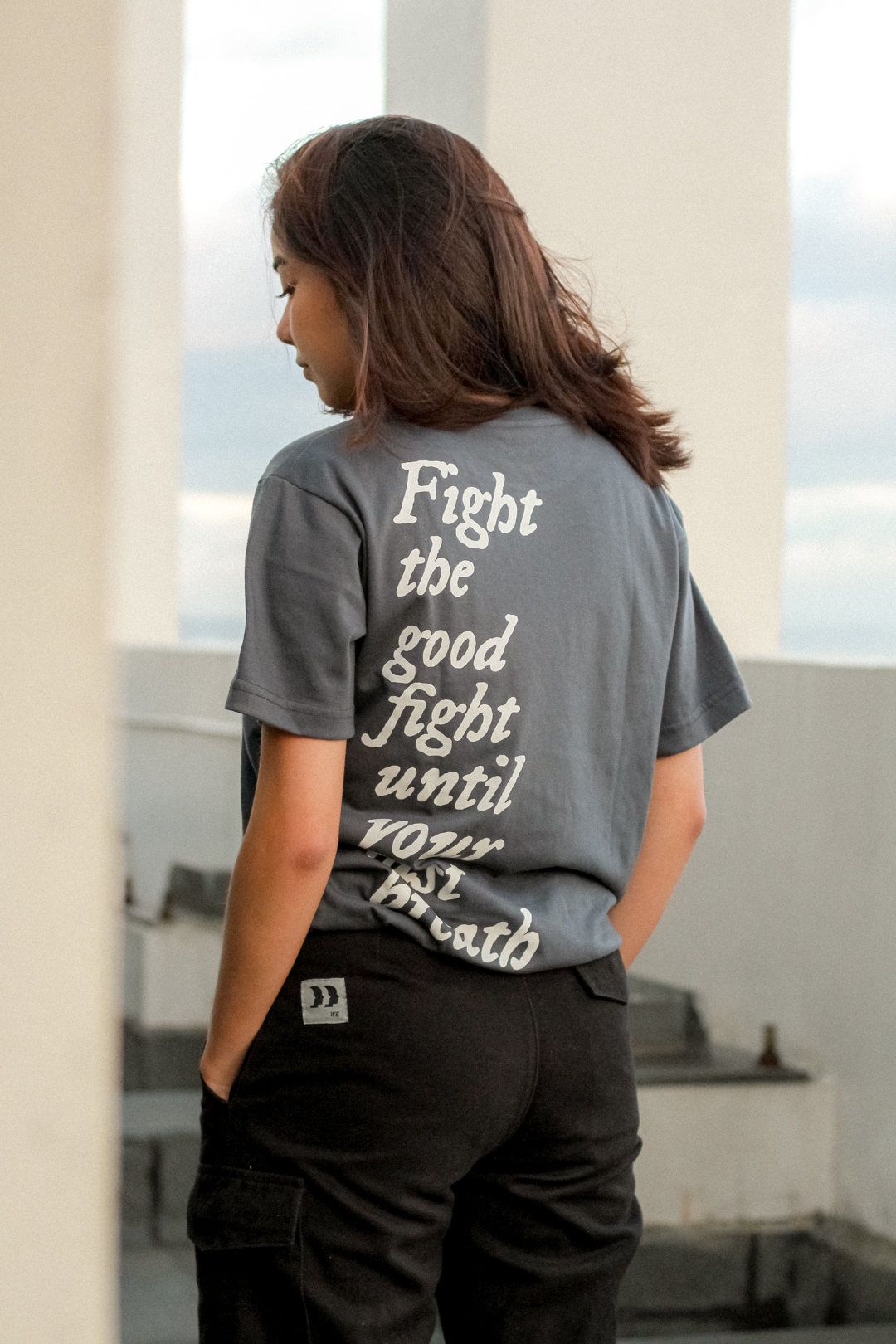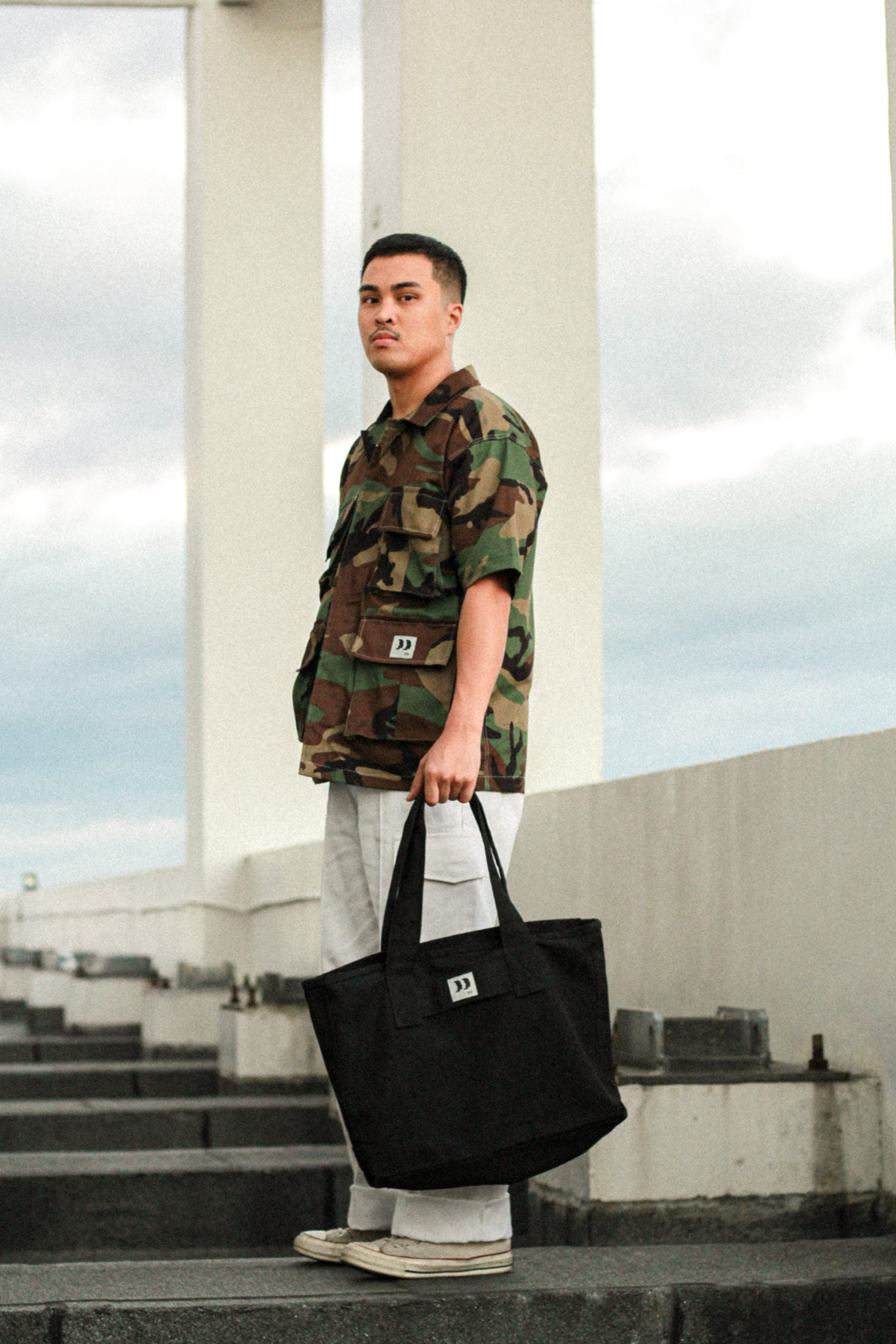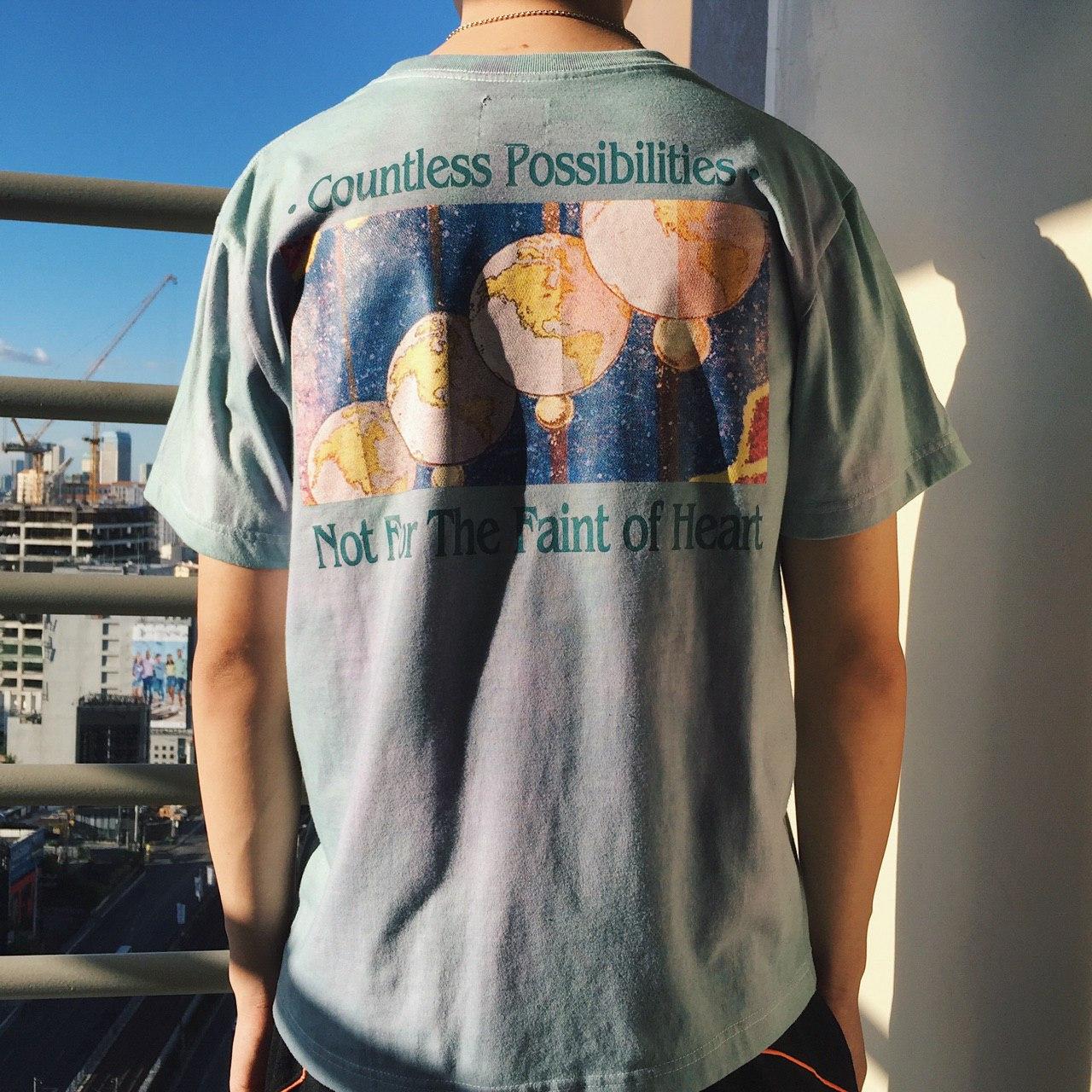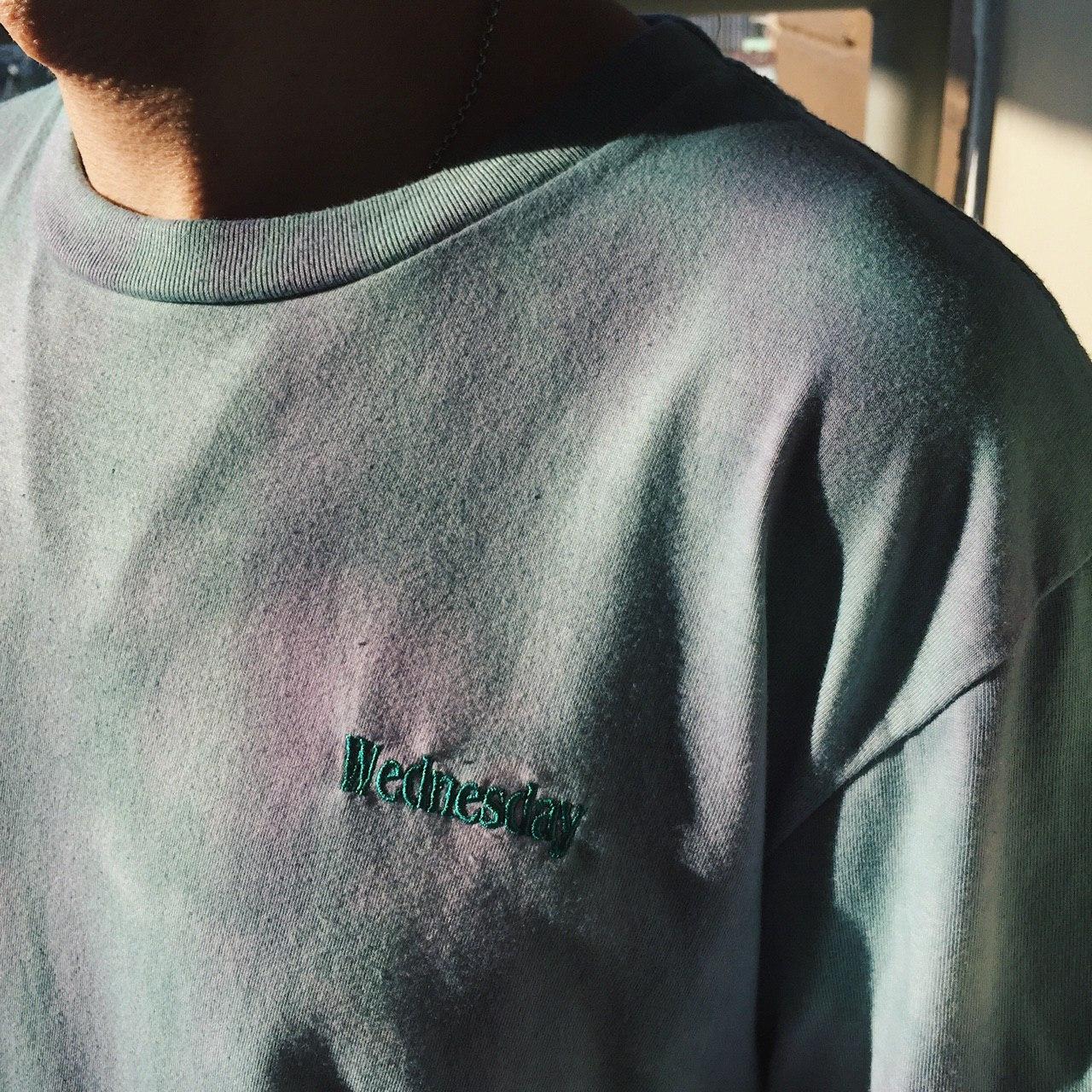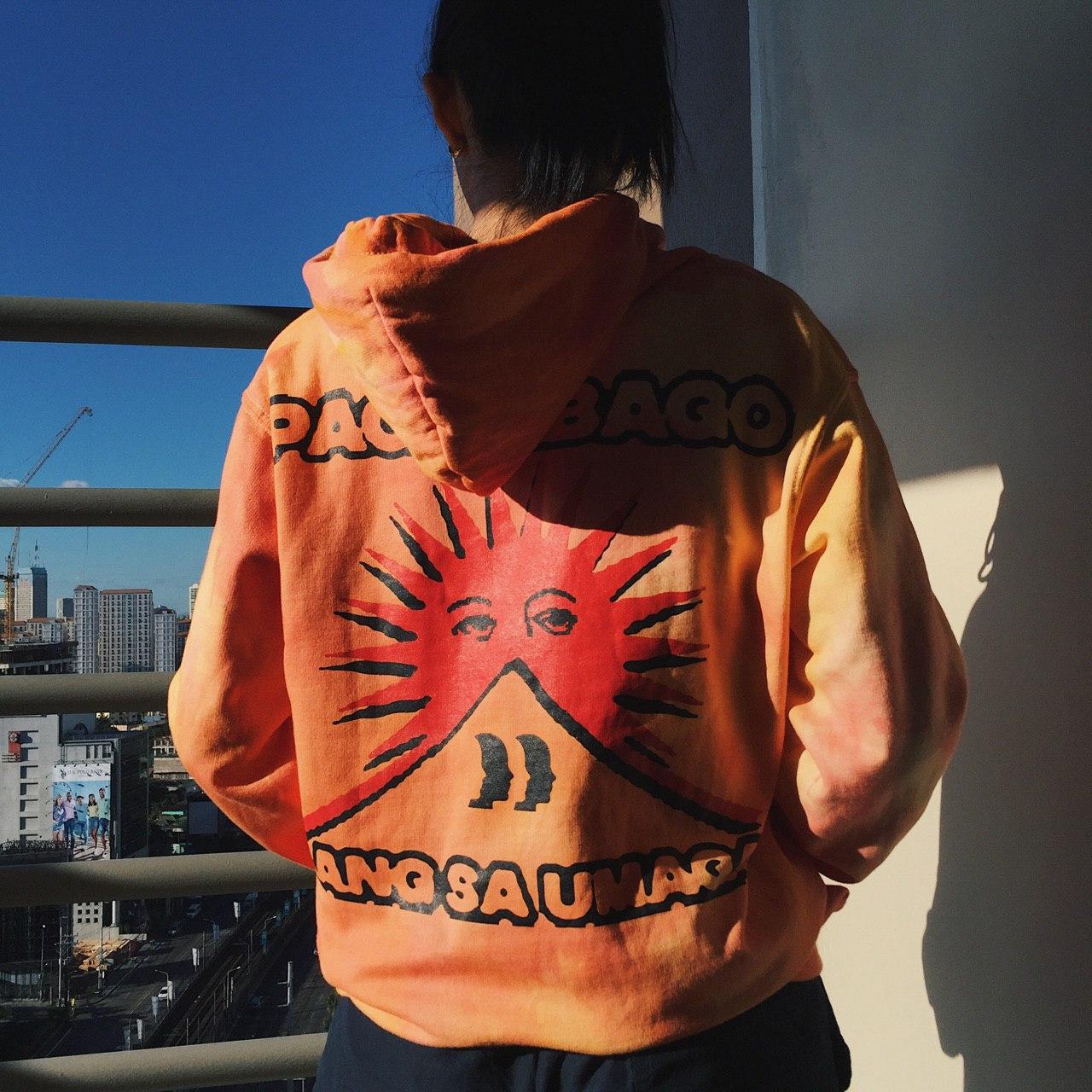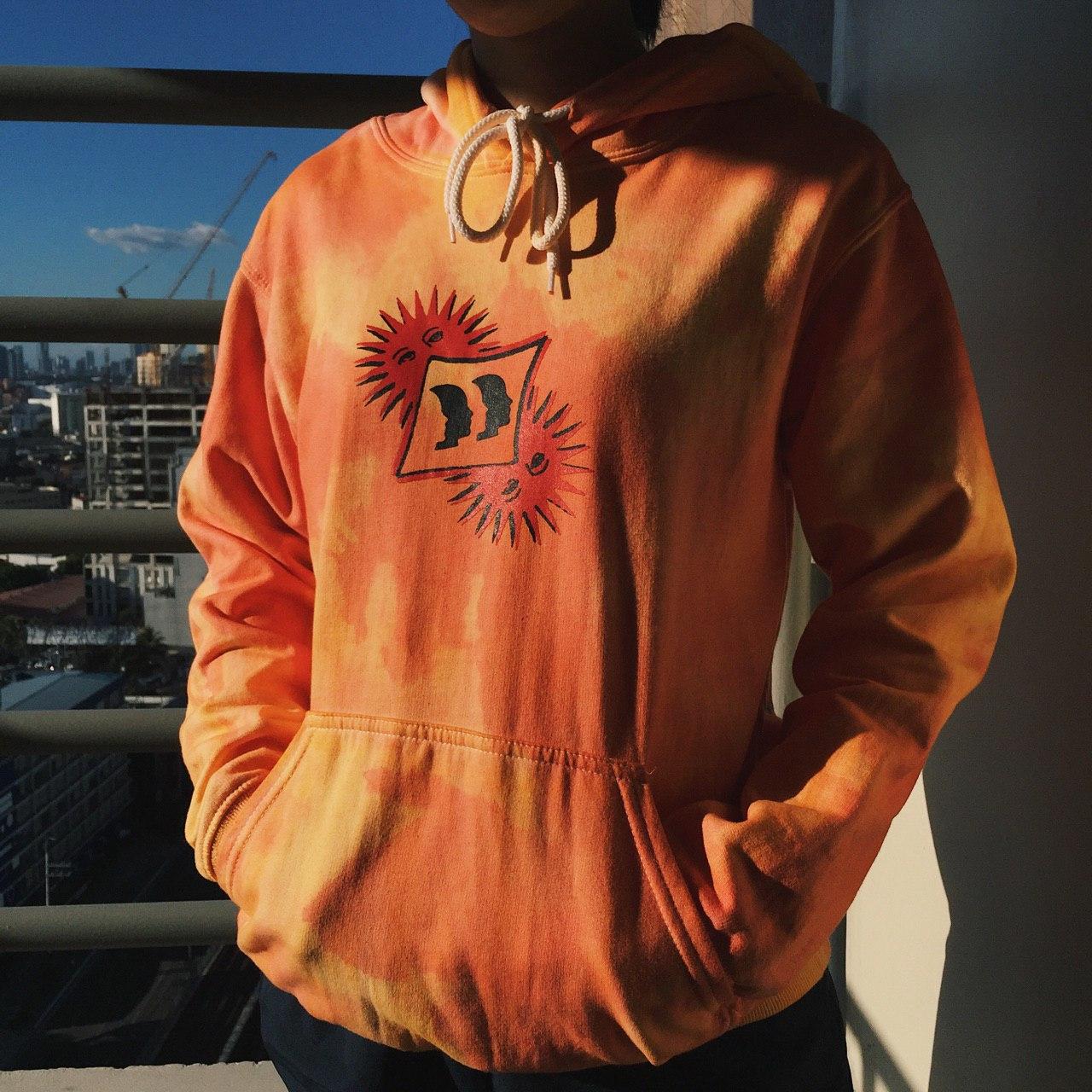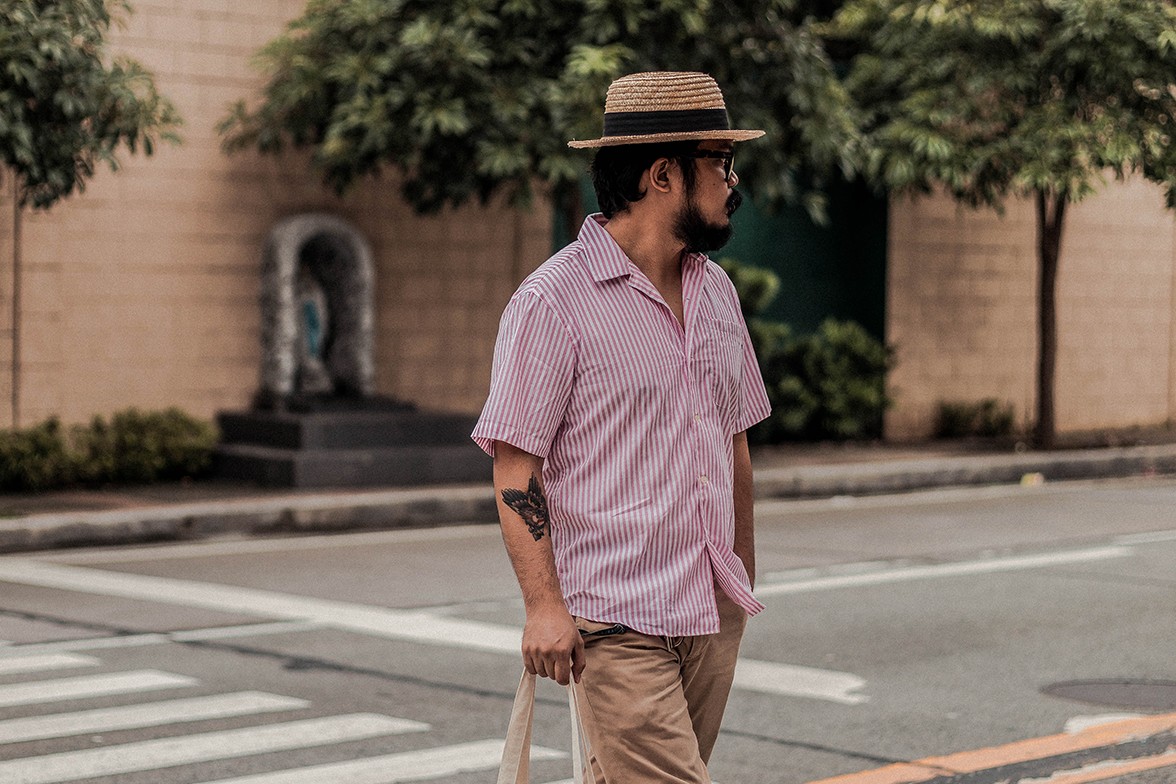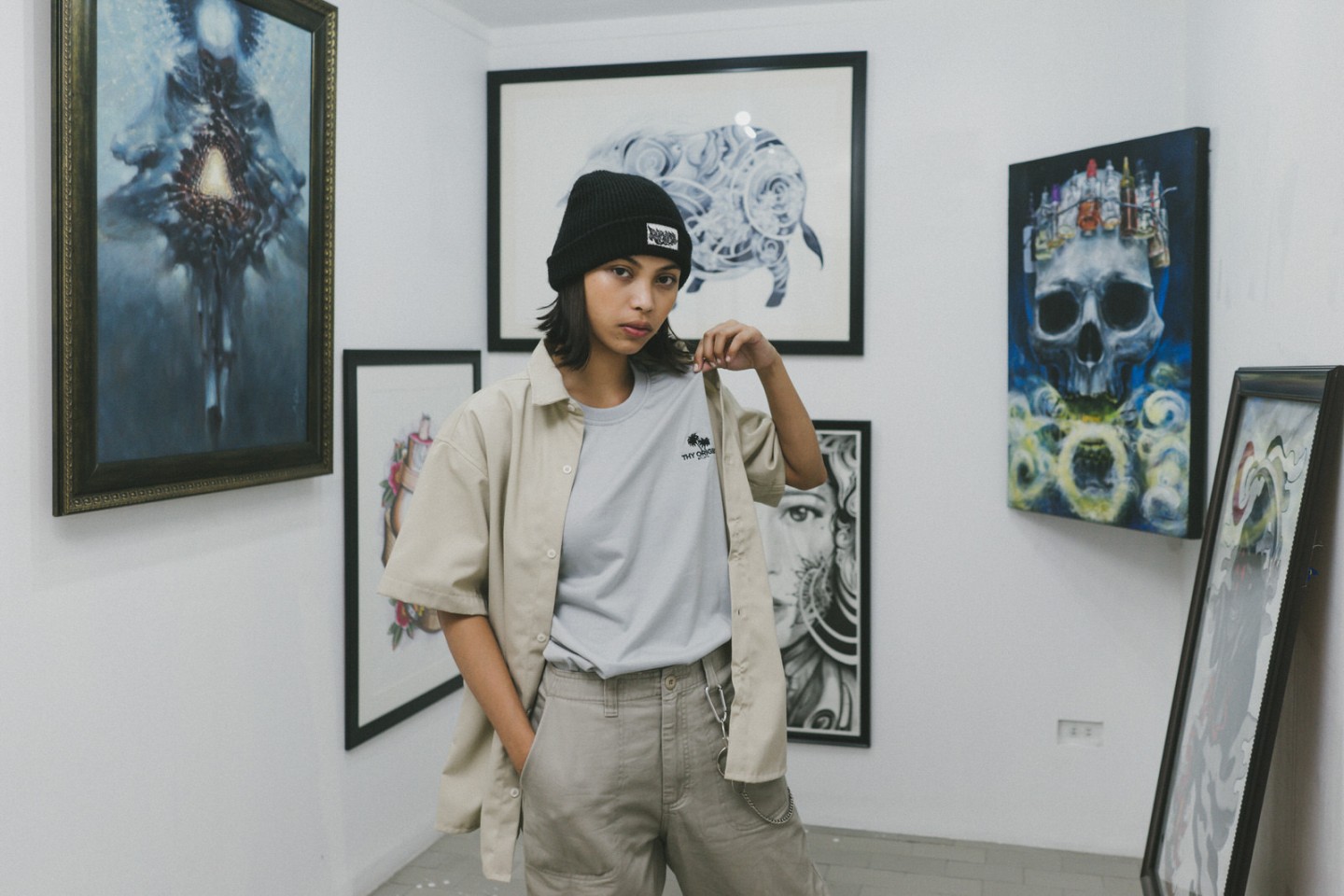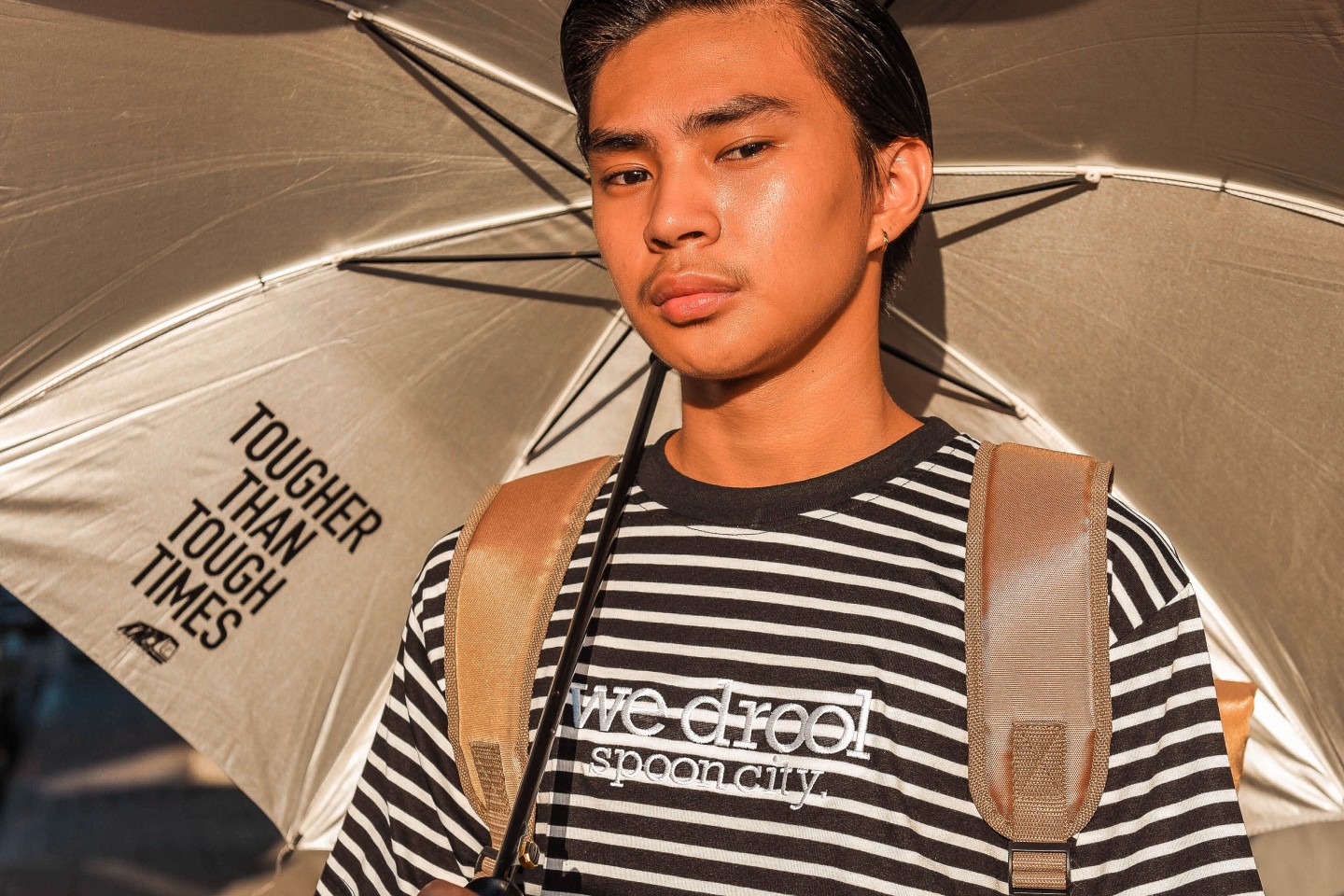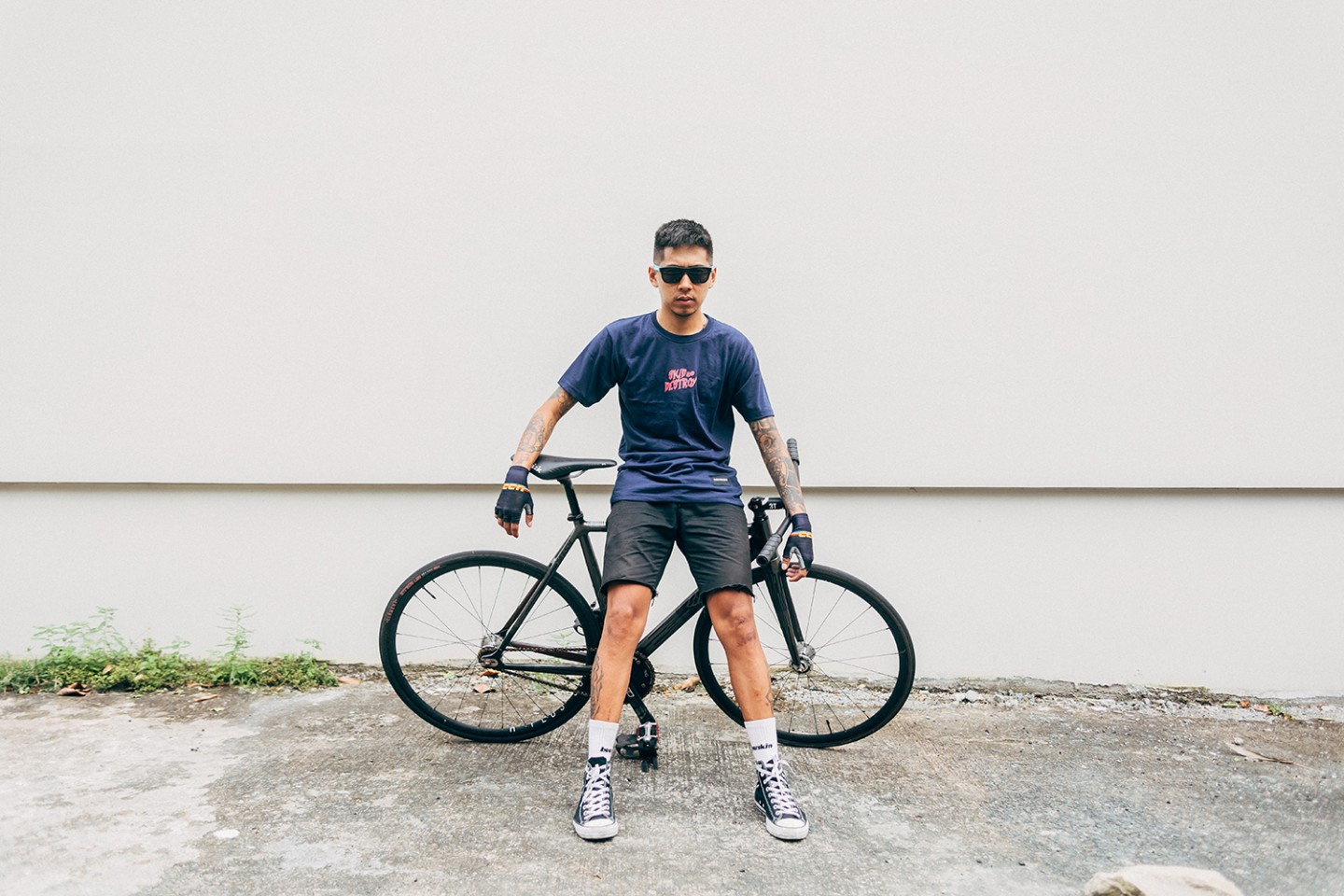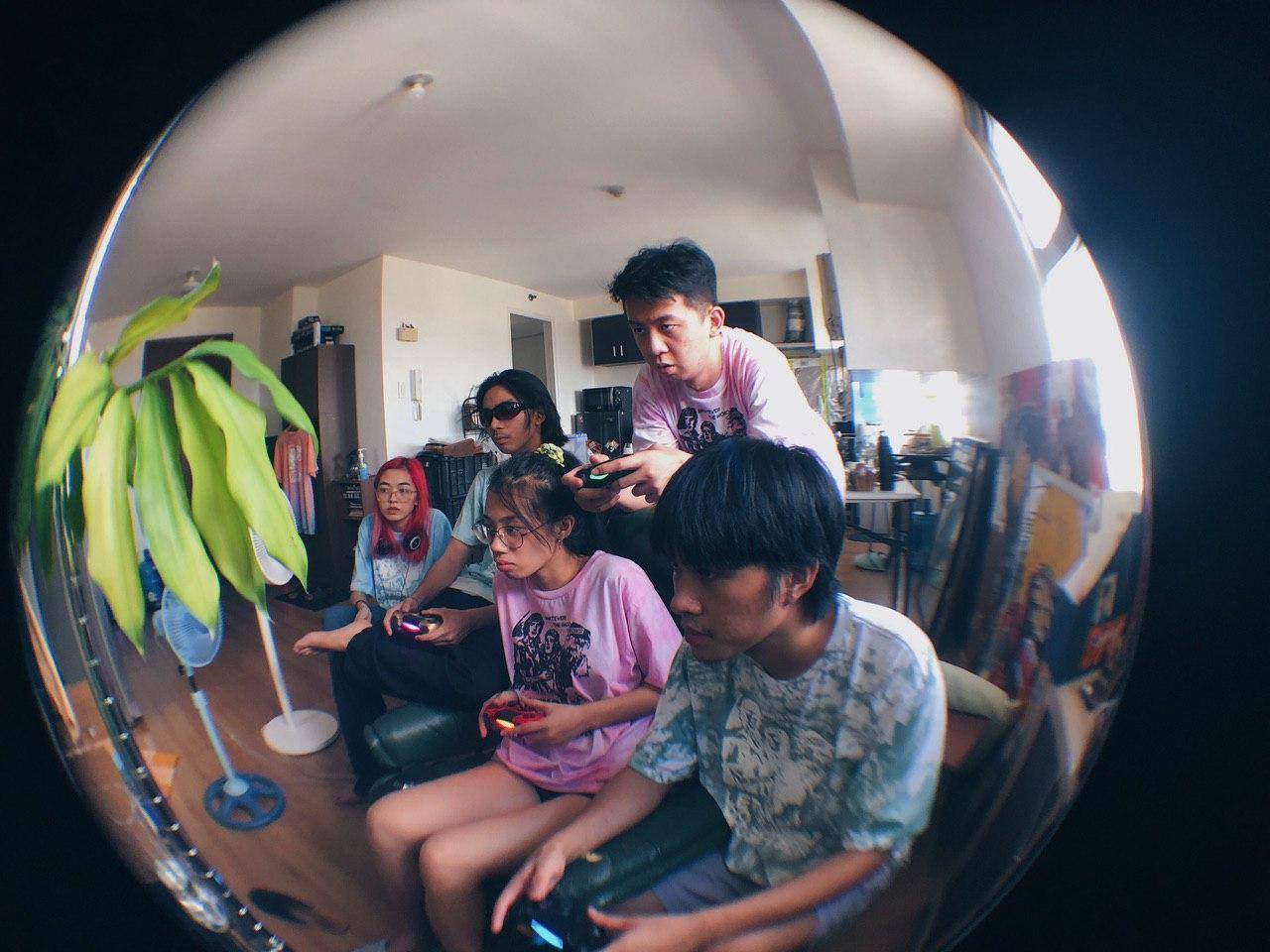
In The Devil Wears Prada (2006), there’s a scene where Meryl Streep’s Miranda Priestly chastises Anne Hathaway’s Andy Sachs. In the middle of a run-through — where editors bring in outfits for Miranda to choose, as Emily Blunt’s character explains — Andy snorts when Miranda is presented with two seemingly identical belts. From there, Miranda delivers one of the greatest takedowns in cinematic history. Taken aback by Andy’s lack of interest in the industry, she turns attention to Andy’s cerulean sweater, rattling down the fashion history of the color. “And it’s sort of comical how you think that you’ve made a choice that exempts you from the fashion industry, when in fact,” Miranda says, “you’re wearing a sweater that was selected for you, by the people in this room, from a pile of stuff.”
Regardless of one’s preferences towards The Devil Wears Prada, this monologue exemplifies how far a reach fashion has in our daily lives. Nowadays, fashion incorporates itself in our everyday living, losing the ceremonial glamour of its early days. This monotony isn’t a bad thing, however. As the visual arts evolved from something exclusively for the elite to something everyone can enjoy, so has fashion cascaded from abstract runway looks to expressing the nuances of the mundane. And Wednesday is a brand that encapsulates this.
Priding itself as a narrative-driven brand, Wednesday tells stories through its various collections. For their first collection, that narrative was “Streetwear is Dead.” Wednesday’s founders used it as a commentary on the state of the local streetwear scene, particularly at brands that seemed to “profit off of something that should be sacred storytelling.” Admittedly, it was an idealistic narrative. Just as other brands “killed” the streetwear scene by focusing on labels, it was through Streetwear is Dead that the founders wanted to show that they would inject life back into it. But just as they outgrew this perception, so did Wednesday.
The rest of their collections are a testament to this. Most of the stories Wednesday tells are drawn from the team’s “individual and collective day-to-day lives” — Farewell 1, for instance, looks into the nuances of love and heartbreak through its teary-eyed iconography. When Are You?, on the other hand, explores how our identity shifts as time goes on. This combination of intimate experience and a dash of nostalgia makes the core of Wednesday, lending it a sense of relatability, of — literally speaking — wearing one’s heart on one’s sleeve.
It’s not surprising, then, that Wednesday’s origins are just as grounded in the ordinary as the brand itself. Prior to establishing the brand, the founders used to hang out on Wednesdays since they went to different colleges. When they got to discussing creating clothes of their own, they wanted a brand name that was meaningful to them. Those Wednesday hang-outs were the first thing that came to mind, and eventually stuck.
In a way, then, the brand started out “creating stuff with friends, creating stuff together.” The decision to tell stories through fashion was a personal one: most of the local brands offered designs the founders “didn’t resonate with,” and so they “wanted to offer up stories that could leave something with its viewer, something they could ponder on or learn something from.” And since both founders were mostly exposed to the local streetwear scene — even interning at DBTK — fashion easily became their medium of choice.
On a more personal level, the brand was a healing space for the founders. Growing up as quiet kids and self-proclaimed fuck-ups, they initially told stories through Wednesday as a way to give meaning to their lives and help others in the process. “Notwithstanding Us,” a phrase often used in their social media handles, attests to this, on the ability to create beautiful things through Wednesday despite life’s hang-ups. It’s here that Wednesday’s iconic logo — WE — turns from convenient short form to something more profound: the solace found in creating with friends and sharing these creations to the communal “we.”
And it’s something the Wednesday team continues to honor even during this time. Aside from their collections, the brand also conveys this sense of communal “we” through their efforts amid the ongoing health crisis. These include donating to the efforts of the Manila Protective Gear Sewing Club (through Melvin Dave Jordan) and the National Center for Mental Health (care of Queenney Galang).
Throughout history, art served as a lens into the inner workings of the people of the time. Their fears, their desires, what they wish to achieve. The appeal of Wednesday, then, echoes this long artistic tradition — that each piece allows us to look into the deepest recesses of our being and express them, allowing ourselves the catharsis of being understood.

